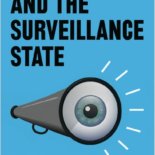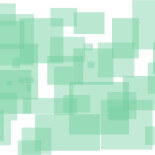Stickering through Grief
Subverting Normative Practices Through Mourning and Memorial
In 2021, my friends and family experienced the sudden loss of our dear friend Justin. Justin was essentially my older brother; a childhood friend to my older sister who spent many nights at our dinner table discussing music, art, and all things culture. Justin was a rebel through and through, and following his creative nature, he discovered graffiti as an outlet for expression and subversion. With his deep intellect and equal appreciation for everything unpretentious, Justin taught me everything about being cool. In the weeks after his passing, a mutual friend and artist, Michael Vickers, had the idea to print copies of a sticker Justin had made with his tag on it and distribute it among friends, a way to ensure we could all share in this altar building. I agreed to scan the sticker, and together we printed thousands of copies. A mailing list of familiar and new names was built across Canada. Through mailing envelopes and distributing Justin’s work, a community art practice was initiated. Calling on the histories of mail art, graffiti, relational aesthetics, and social art, we spread the stickers across the country and then the world. Justin unwittingly brought together everyone from mothers to school teachers to coworkers to commit petty crimes in the name of grief and memory. In this paper, I frame the collective sticker project as an example of communal grief, affective mapping, and anti-temporal mourning, combining concepts from the scholarship of Dominick LaCapra, Kelly Oliver, Judith Butler, Leigh Gilmore and Shelley Hornstein. By reflecting on the project, I aim to expand our current understanding of the legibility of mourning in public spaces and remembrance practices through graffiti. I will explore how the collective initiative speaks to the tensions between past and present, embodied and empirical ways of knowing, and the ephemeral qualities of graffiti and human life, as well as the tensions surrounding who can (or should) participate in such a particular subcultural experience. The stickering project exemplifies how creative practice can bear witness to the autobiographical nature of graffiti, while also expanding the form into a communal grief practice that subverts expectations of the cultural context in which it was produced while acknowledging the difficulty of time, distance, and logistics. Fig. 1: Justin’s original sticker, scanned Grief is terribly absurd; it weighs down as much as it reorients, making navigation seem impossible. Socially, it is commonly understood that grief unfolds…





